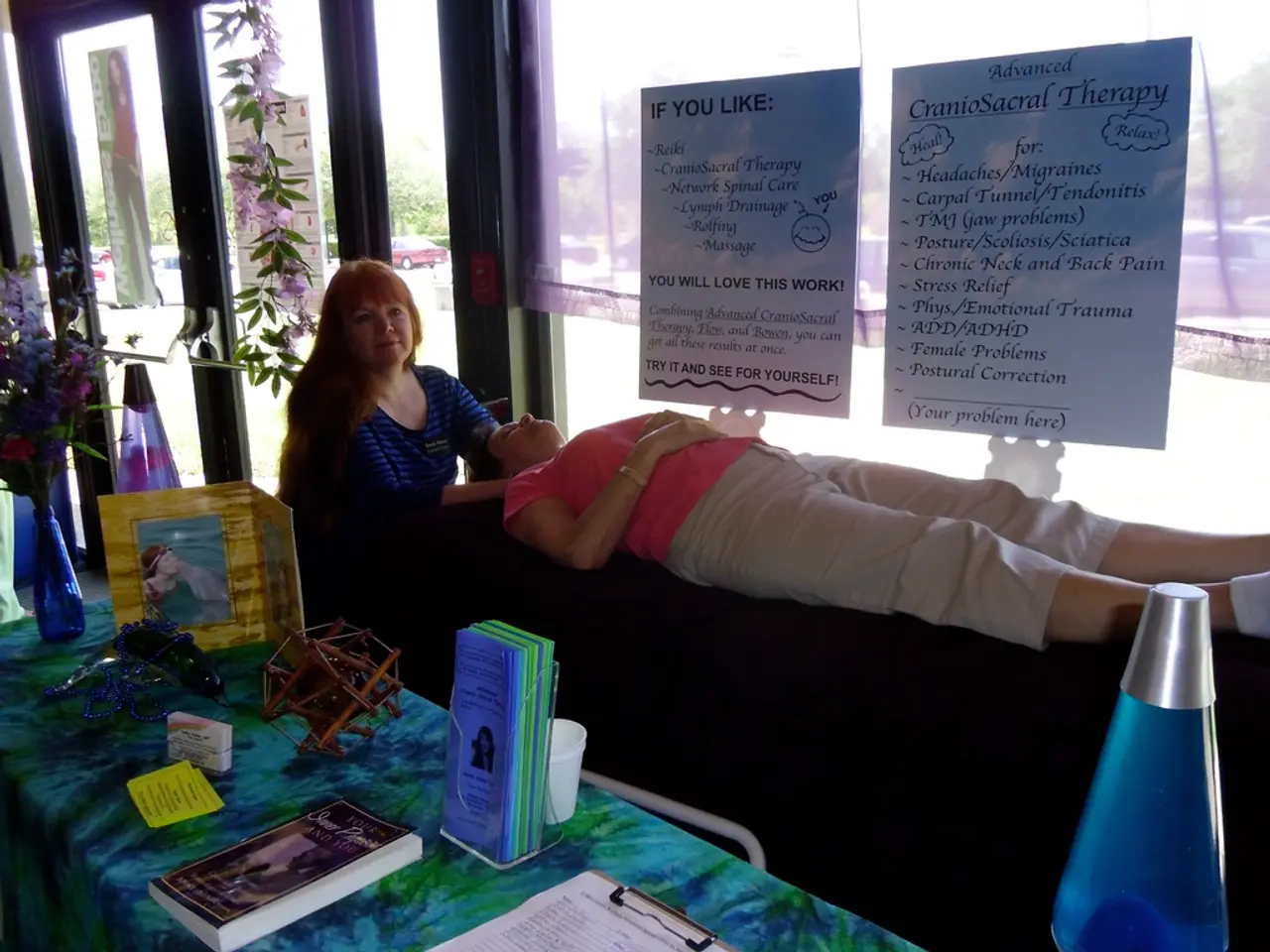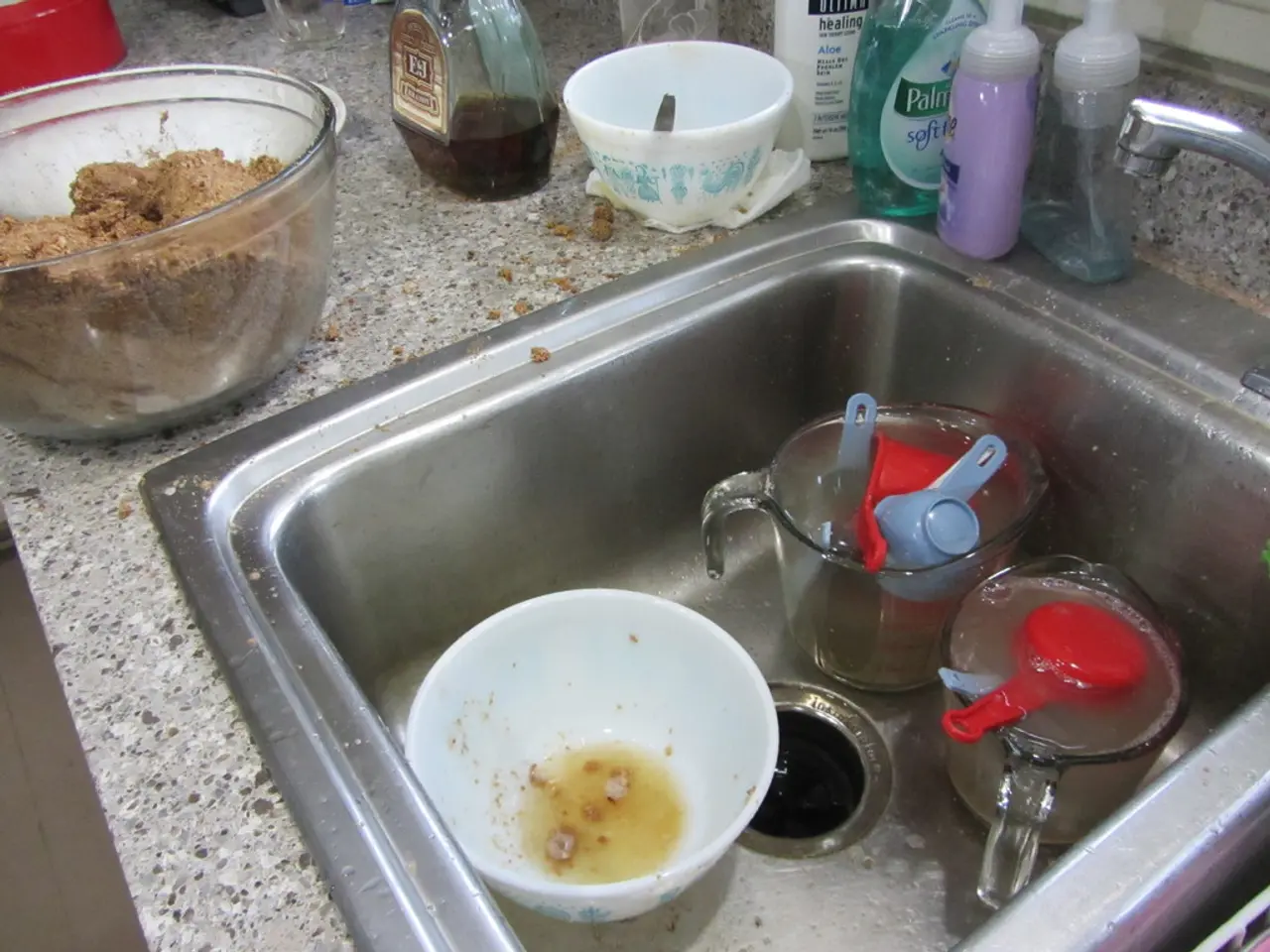Obsessive-Compulsive Disorder (OCD) Redefined: Persistent Thought Invasions and Anxiety as Key Characteristics
Obsessive-Compulsive Disorder (OCD) is more than just a preoccupation with cleanliness or organisation. This serious mental health condition affects millions worldwide, impacting how individuals think, feel, and function in their daily lives.
Contrary to popular belief, OCD is not confined to the realm of neatness or orderliness. The disorder encompasses a wide range of obsessions and compulsions that manifest differently for each person.
One common theme of OCD obsessions is the occurrence of intrusive thoughts or images. These thoughts can be violent, sexual, or morally troubling and repeatedly enter the mind, causing distress and anxiety. Examples include fears about harming others or doubts about one's morality or identity.
Another subtype of OCD obsessions involves contamination fears, such as worries about germs or dirt, which may or may not lead to compulsive cleaning rituals. However, it is essential to note that this is just one subtype and not representative of all OCD cases.
Doubt and checking are also common in OCD. Persistent doubts about having done something correctly, leading to compulsive checking behaviours, are prevalent in many individuals with OCD.
Common types of compulsions include repetitive behaviours, such as excessive handwashing, checking, counting, or placing objects in a specific order. These actions are performed to relieve anxiety caused by obsessions but often feel meaningless to the person. Mental rituals, like repeating words or phrases silently, or following strict rules or routines to neutralise obsessive fears or prevent imagined bad outcomes, are also common.
OCD can focus on almost any subject, and its variety of themes often leads to it going undiagnosed for years. Taboo themes, such as sexuality, morality, religion, or existential questions, are common but often hidden due to shame or fear of judgment. Perfectionism and control can also be a significant aspect of OCD, with some individuals having a need for things to be "just right" or perfectly symmetrical.
It is crucial to clarify that OCD is not just about being a "neat freak" or extremely organized. Characters with compulsive cleanliness portrayed in media often exaggerate traits in a humorous way, which is not fully representative of clinical OCD.
Intrusive thoughts in OCD are unwanted, disturbing thoughts that pop into the mind suddenly and cause distress. It is essential to understand that these thoughts are not chosen by the person with OCD; they are misinterpreted by the person, who feels responsible for them.
OCD is often misunderstood, even by professionals, due to its variety of themes and the stigma and shame that keep many people silent. However, it is important to remember that OCD is treatable with the right help. Exposure and Response Prevention (ERP), a form of Cognitive Behavioural Therapy, is the most effective psychological treatment for OCD.
Regarding medication, Selective serotonin reuptake inhibitors (SSRIs) can be helpful in reducing OCD symptoms, but seeking regular talk therapy or reassurance can make symptoms worse. Trying to ignore or push away intrusive thoughts often makes them stronger in OCD, leading to a cycle that is hard to escape.
In conclusion, OCD involves a complex array of obsessive thoughts and compulsive behaviours that extend well beyond cleanliness. Raising awareness can help reduce the delay in diagnosing OCD, leading to earlier intervention and better chances of recovery.
OCD is not solely about cleanliness or organization; it can focus on various subjects, including health-and-wellness, as mental health issues like obsessions involving intrusive thoughts about one's morality or identity are common in OCD. The serious mental health condition requires scientific understanding and appropriate treatment like Exposure and Response Prevention (ERP) to aid in recovery.




